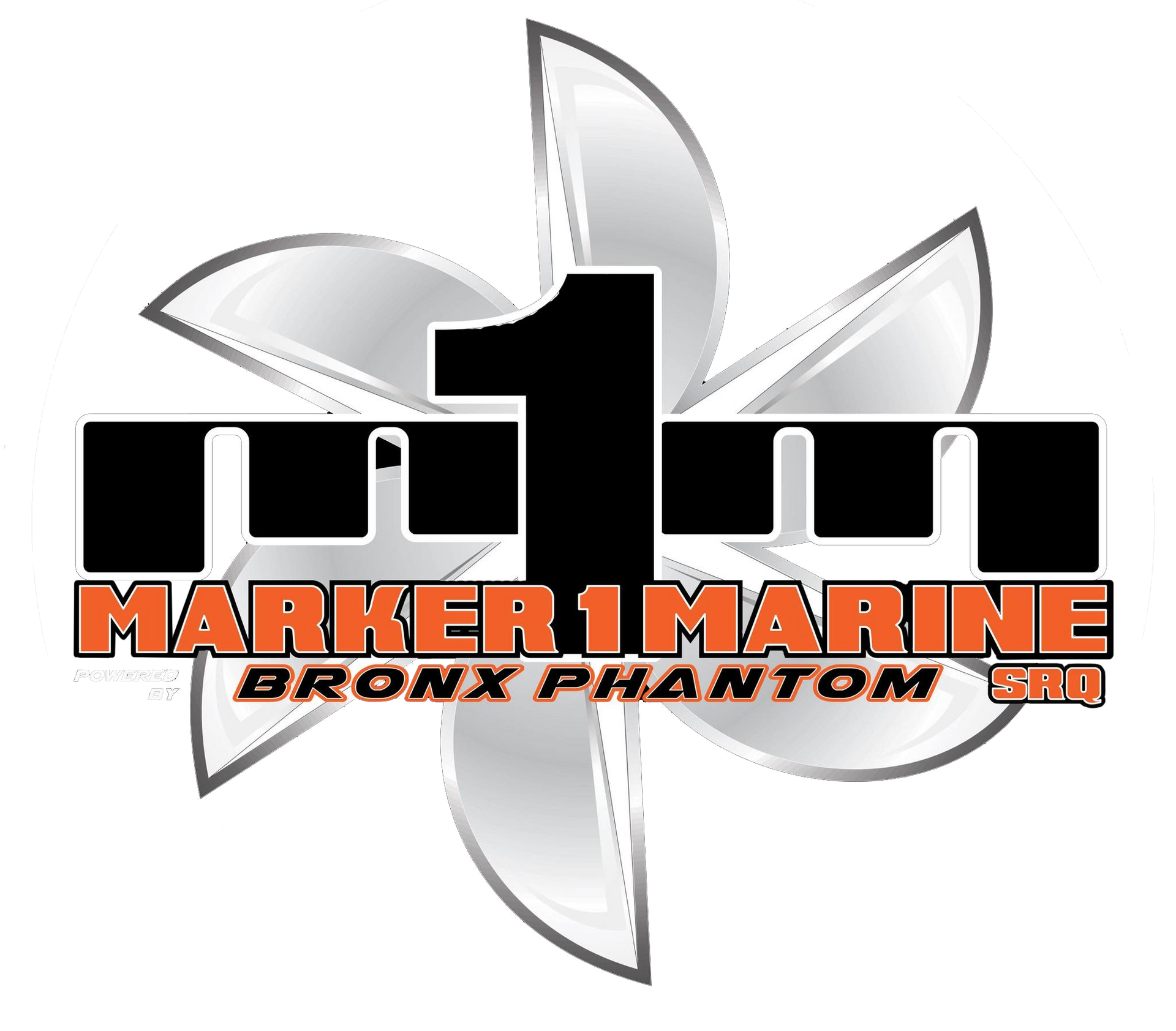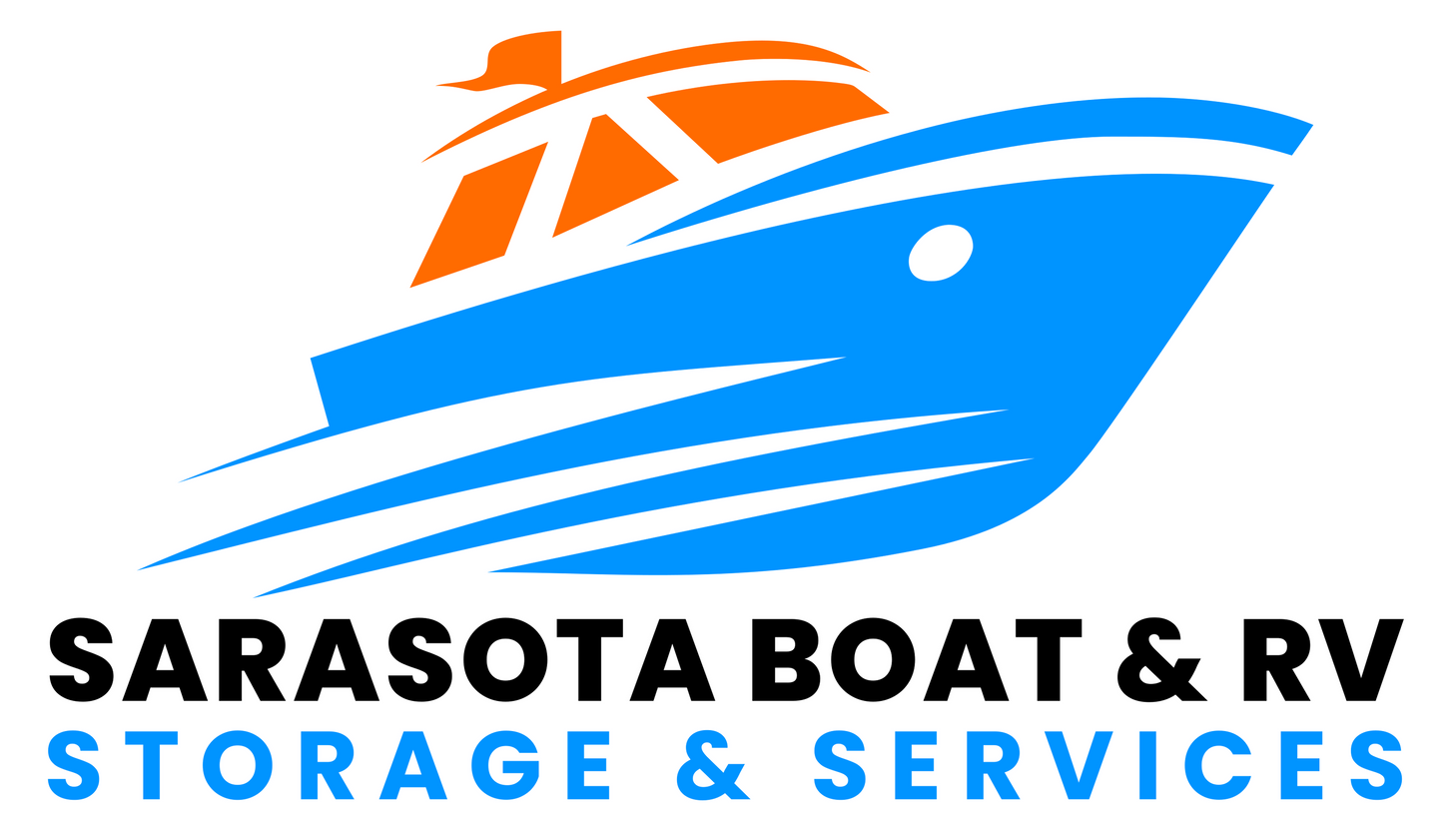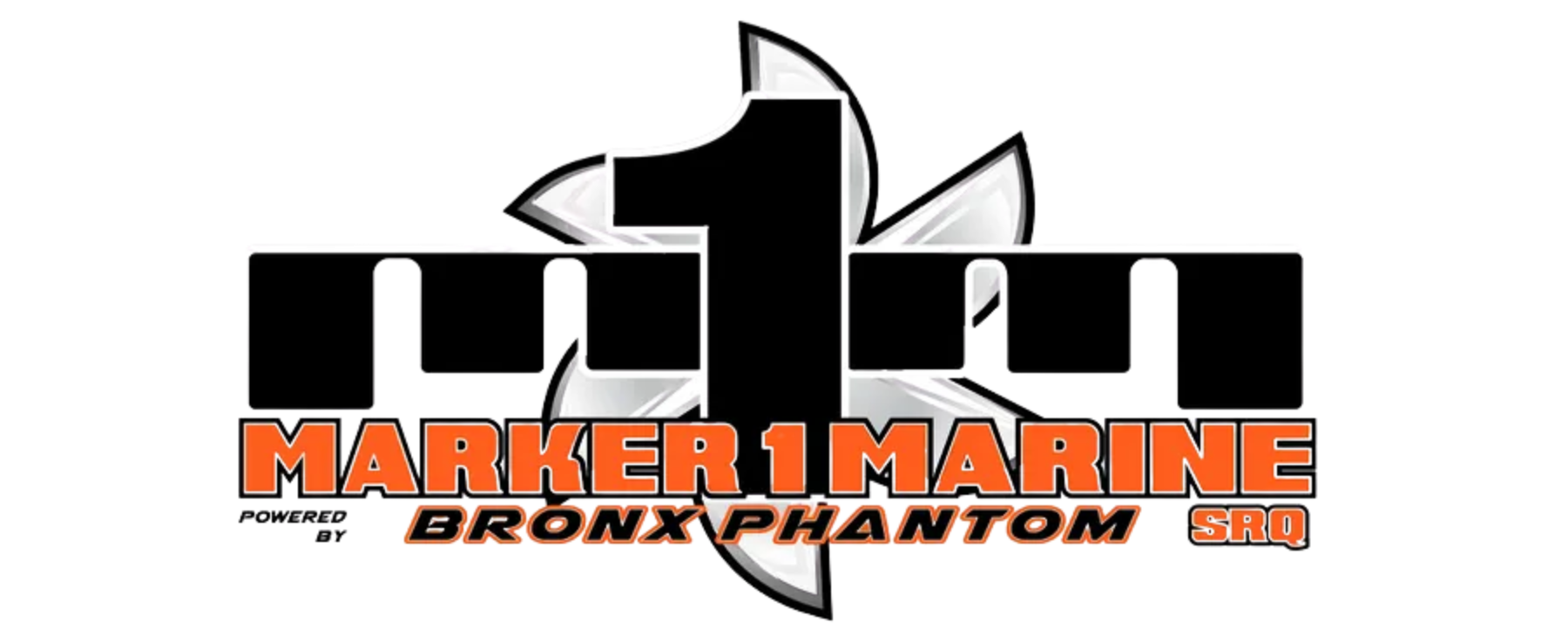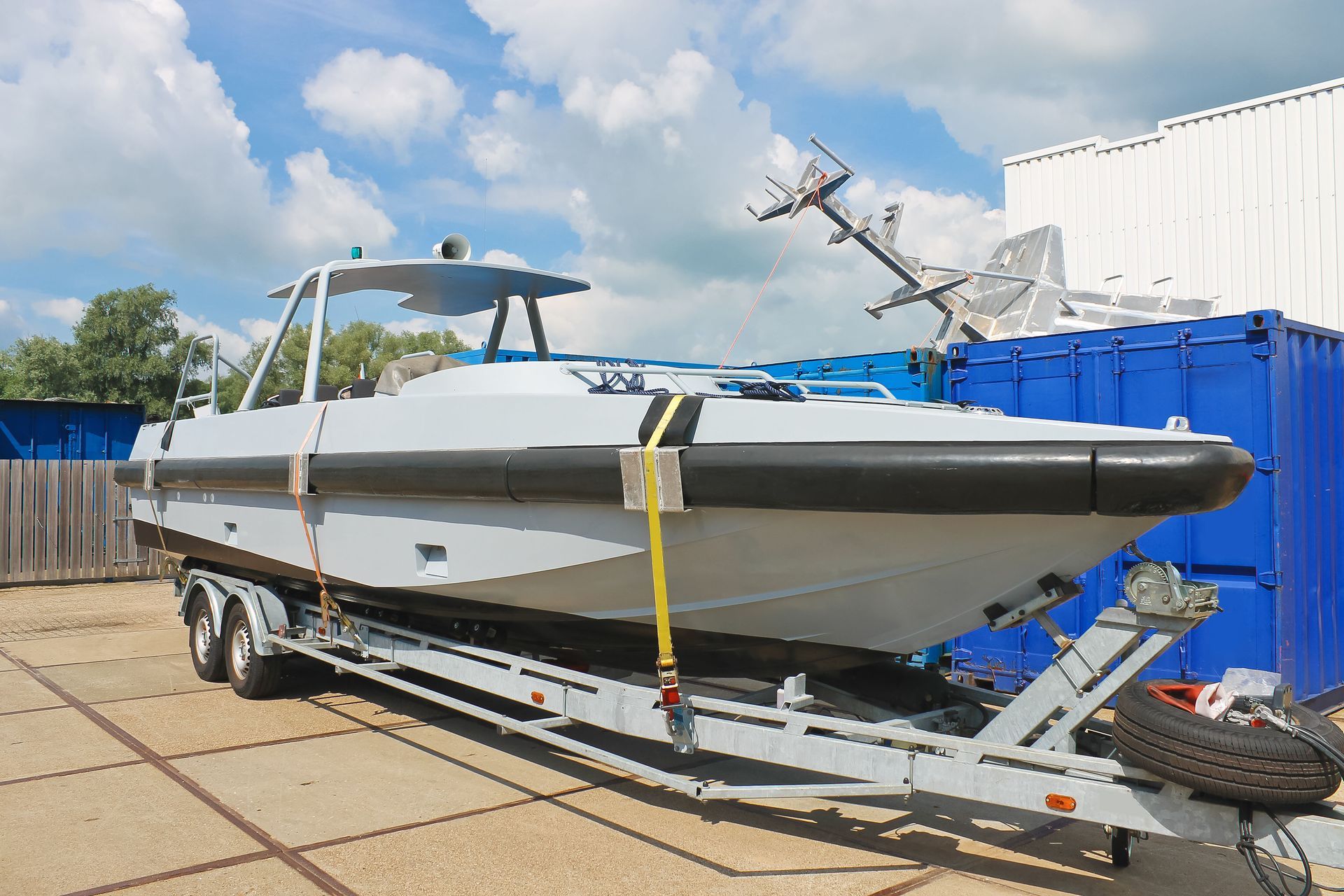Safely Transporting Your Boat for Service and Repairs
Transporting a boat for servicing or repairs can be a daunting task, requiring proper planning and execution to ensure safety and prevent damage. This article will guide boat owners through the crucial steps necessary to transport their boats safely, from preparation to coordination with service providers.
Understanding the Importance of Safe Boat Transport
1. Impact on Boat Condition
When transporting a boat, the condition of the vessel is paramount to its continued performance and longevity. Improper handling during transport can lead to structural damage, such as hull dents or scratches, which could require expensive repairs. Additionally, vibrations and movements during transport can loosen fixtures, jeopardizing the integrity of different components. The use of improperly sized or maintained trailers is a common cause of such damage, emphasizing the need for careful equipment selection. That's why understanding the weight and balance of your boat, as well as having the appropriate trailer, is essential for safe transport.
2. Financial Implications
The financial repercussions of any damage incurred during transport can be significant. Repairing even minor damage to a boat can be costly, depending on the materials and labor required. In more severe cases, repair costs may equate to a substantial portion of the boat's total value. To mitigate these risks, it's crucial to understand and address all safety concerns before embarking on transport. An initial financial investment in safety precautions can save boat owners from incurring extensive costs down the line.
3. Regulatory Compliance
Transporting a boat involves compliance with various legal requirements that pertain to size, weight, and route restrictions. These regulations are put in place to ensure safety and are enforced to prevent accidents. It is important to obtain any necessary permits and adhere to regulations specific to your region and the routes you will be using. Failing to comply with these regulations can lead to fines or legal issues, further complicating the transport process. By ensuring compliance, boat owners can avoid unnecessary legal and financial challenges.
4. Ensuring Insurance Coverage
Insurance plays a key role in protecting your investment during transport. It's important to verify that your existing insurance policy covers boat transport and to understand the extent of that coverage. In some cases, additional insurance may be needed to cover potential risks involved in transit. Consult with your insurance provider to clarify these details and ensure that all necessary coverage is in place before beginning the transport process. This additional step provides peace of mind, knowing you're protected against unforeseen mishaps.
5. Enhancing Safety for All
The safety of not only your vessel but also other road users and the environment must be a primary concern. Ensuring the boat is properly secured and balanced reduces the risk of it becoming a hazard in transit. Good transportation practices include securing all open or loose parts and using appropriate signage if the load overhangs. By taking these precautions, you help protect drivers, cyclists, and pedestrians who share the roadway. Responsible boat transport also involves considering environmental impacts, such as preventing any leaks or spillage that could occur during the journey.
Pre-Transport Preparation
1. Inspecting the Boat
Before transport, a thorough inspection of the boat is crucial to identify any pre-existing conditions that could be exacerbated during transit. Pay special attention to the hull, propellers, and attached components for signs of wear or damage. Verifying the condition of the boat not only ensures safer transport but also aids in insurance claims should any damage occur. Comprehensive documentation through photographs can be invaluable for both preventative and post-incident assessments. This initial inspection acts as a preventive measure, ensuring you start with a reliable vessel.
2. Removing Personal Items
Personal items and non-essential equipment should be removed from the boat to prevent loss or damage. Secure storage reduces the risk of objects moving about the cabin during transport, which could damage the interior or themselves. Removing items also decreases the overall weight, improving the efficiency and safety of the transport process. Damaged personal items can incur unexpected costs and emotional loss, thus making their secure removal all the more critical. By ensuring personal effects are stored safely at home, owners can focus solely on the transport process.
3. Securing Loose Parts
For a safe voyage, it's vital to secure any loose parts that may cause harm or damage during transport. This includes parts like antennas, navigation lights, and anchors that, if unsecured, could become projectiles or sustain damage. Proper ties or straps should be used to secure these components, preventing them from moving or detaching. Additionally, wrapping or padding fragile parts adds an extra layer of protection. By addressing loose parts, you minimize potential damage both to the boat and from the boat to the trailer.
4. Checking the Trailer
A trailer is the backbone of any successful boat transport operation. It must be inspected for structural integrity, tire condition, and sufficient towing capacity. According to FourWindsTrailers.com, the average towing capacity needed for a boat is around 1,800 lbs, indicating the necessity of matching your trailer's capabilities to your boat's weight. Regular maintenance, such as checking the brakes, lights, and hitch connections, ensures the trailer is safe to use. An investment of time in trailer inspection drastically reduces the risk of roadside failures and delays.
5. Obtaining Necessary Documentation
Having the appropriate documentation is key to ensuring a smooth and legal transport experience. This documentation may include registration, insurance papers, and any permits required for over-dimensional loads. Verification of these documents prior to commencing the journey prevents unnecessary interruptions. It’s also wise to keep digital copies for easy access in case any paper documents are misplaced. Organizing these essential documents in advance allows a stress-free focus on transport logistics.
Choosing the Right Transport Method
1. Professional Hauling Services
Opting for professional hauling services is often the safest method for transporting a boat. These companies possess the expertise, equipment, and insurance that ensure safe and efficient transport. Choosing professionals usually reduces the stress and risks associated with transporting such a significant asset. However, it’s essential to research and select reputable service providers to avoid potential pitfalls. Thoroughly reviewing the service agreement terms can prevent misunderstandings and ensure service standards meet expectations.
2. DIY Transport Considerations
Transporting a boat yourself can be rewarding but requires a higher level of responsibility and preparedness. DIY transport demands knowledge in loading, securing, and navigating with a trailer. Additionally, it's critical that your towing vehicle meets the weight and capability requirements, understanding that towing capacities, such as the mentioned 1,800 lbs, can guide appropriate vehicle selection. Undertaking checks on both the vehicle and trailer, and having a contingency plan for en route issues, are vital. By thoroughly preparing for these challenges, DIY transport can be accomplished safely.
3. Comparing Costs and Benefits
Financially, evaluating the cost-benefit of DIY transport against hiring professionals is essential. Upfront costs of professional services may appear higher than DIY efforts, but they often include insurance coverage, equipment, and expert handling. On the other hand, DIY transport incurs costs of fuel, insurance, potential rental fees, and the time involved. Aligning these costs with personal capability and risk tolerance provides clarity on which option is financially and practically suitable. Financial considerations should also account for potential damage remedies and the peace of mind associated with each method.
4. Assessing Transport Timeframes
When selecting a transport method, understanding the time involved is crucial for planning. Professional services often provide estimated delivery times, allowing for scheduled servicing and repairs. In contrast, DIY transport gives you control over the schedule while potentially extending the transport timeline due to unforeseen variables. Factoring in preparation, loading, and unloading time offers a holistic view of the total transport commitment. A realistic assessment of timeframes prevents disruptions to repair schedules and helps coordinate with service center availability.
5. Evaluating Safety Features
Safety must be prioritized in every transport decision, encompassing both the boat’s security and public safety. The choice of method should hinge on available safety features, whether inherent in professional services or manually applied in DIY methods. Features might include advanced trailer attachment systems, modern navigational aids, or additional wheel and hull securing methods. Investing in safety features not only enhances personal security but also contributes to responsible public road use. The overall objective should always be a hazard-free transport environment with minimal risks to all involved. Be sure to reach out to Marker 1 Marine SRQ today for more information on our professional boat mechanic!






Share On: